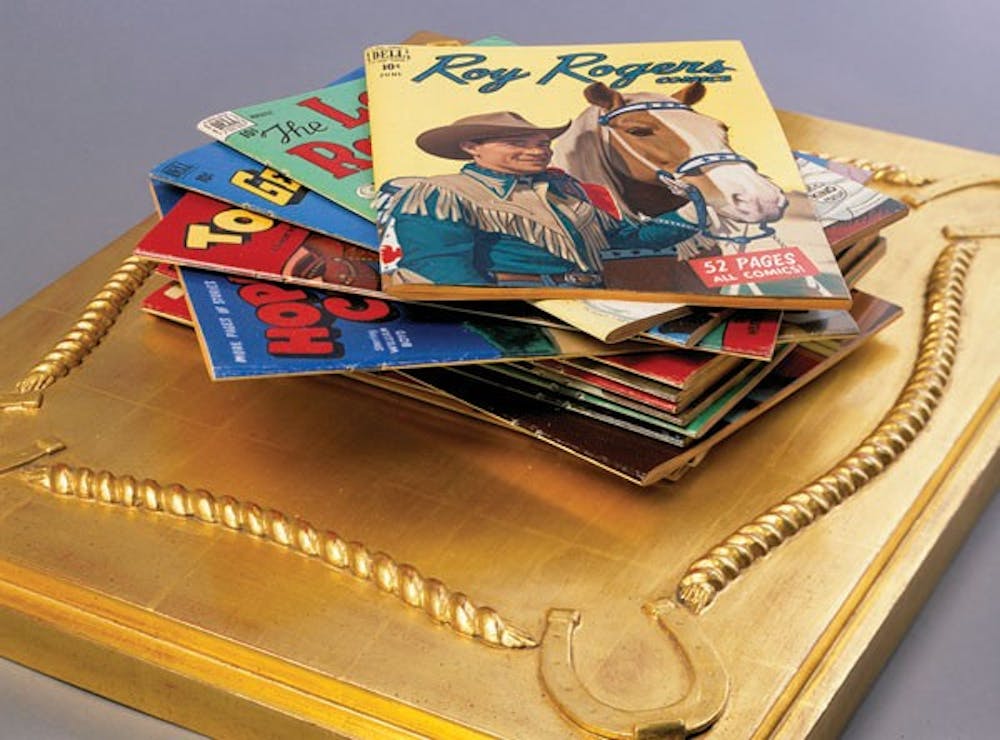Paper has a clock ticking down on it, a select shelf life when not taken care of properly, as evidence by any recent back issue of The Arizona Republic blowing down the side of the road.
The material became the focus of it’s own exhibition, simply titled ‘Paper!’ at the Phoenix Art Museum, which held it’s opening day Saturday. Many of the items come directly from the museum’s art collection, which were picked for their “exceptional and unexpected” qualities.
When visitors go through the exhibition, presently hosted in the Steele Gallery, it becomes palatable how influential the material was in giving countless artists a medium to jot down or express a variety of imagery. A good measure of the charm of the gallery’s pieces comes from this elasticity.
Divided into various sections, pieces in the gallery were grouped together to express commonalities with each other, occasionally accompanied by signs to introduce new ideas.
Perhaps the most intriguing pieces of the exhibition emerge from the flash-in-the-pan phenomenon known as paper dresses that originated in the 1960s, and promptly ended during the following decade, once environmentalism quickly gained favor with Americans.
These pieces are influenced by the innovative advertisement practices of the times, with their usage of white space and placement of text, which is evident in the Mars of Asheville dresses on display: one from Richard Nixon’s 1968 presidential campaign and a yellow dress with the Butterfingers logo affixed vertically in the front.
Trendy pieces aside, some of the best work featured in the gallery come from artists who use the canvas they are working on to invoke motion and the imagination of the patron, despite sometimes being more ordinary selections.
The best of such works include a black and white lithograph by George Wesley Bellows, detailing Jack Dempsey’s punch that sent Luis Firpo out of the boxing ring; an etching of Kathe Kollwitz’s March of the Weavers, documenting the oppression of German weavers after a failed revolt; and a 1613 hanging scroll by Zhao Bei of bamboo trees blowing in the wind.
In the increasingly technological environment being fostered, some of the displayed work comments on the current industrial era, such as Mark Klett and Byron Wolfe’s modern photograph of a rock formation near Lee’s Ferry layered beneath two photos of the same area from almost two centuries before.
As one can expect, pieces such as Bei’s four-hundred-year-old scroll, and even many of the recent pieces already exhibit fragile qualities, and need to be treated as such.
To prevent any unnecessary fading or aging of the paper, the lighting in the hall was dimmed to soft levels.
The exhibit runs through Sept. 23.
Reach the reporter at tccoste1@asu.edu





